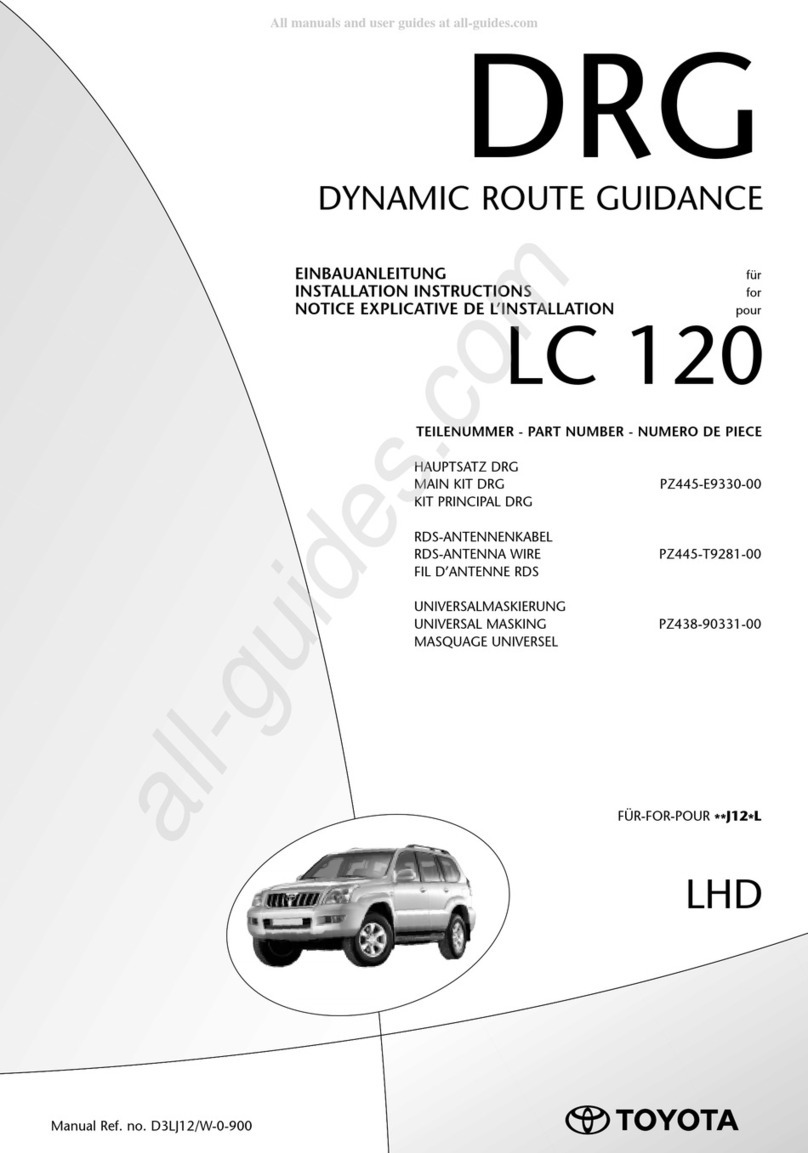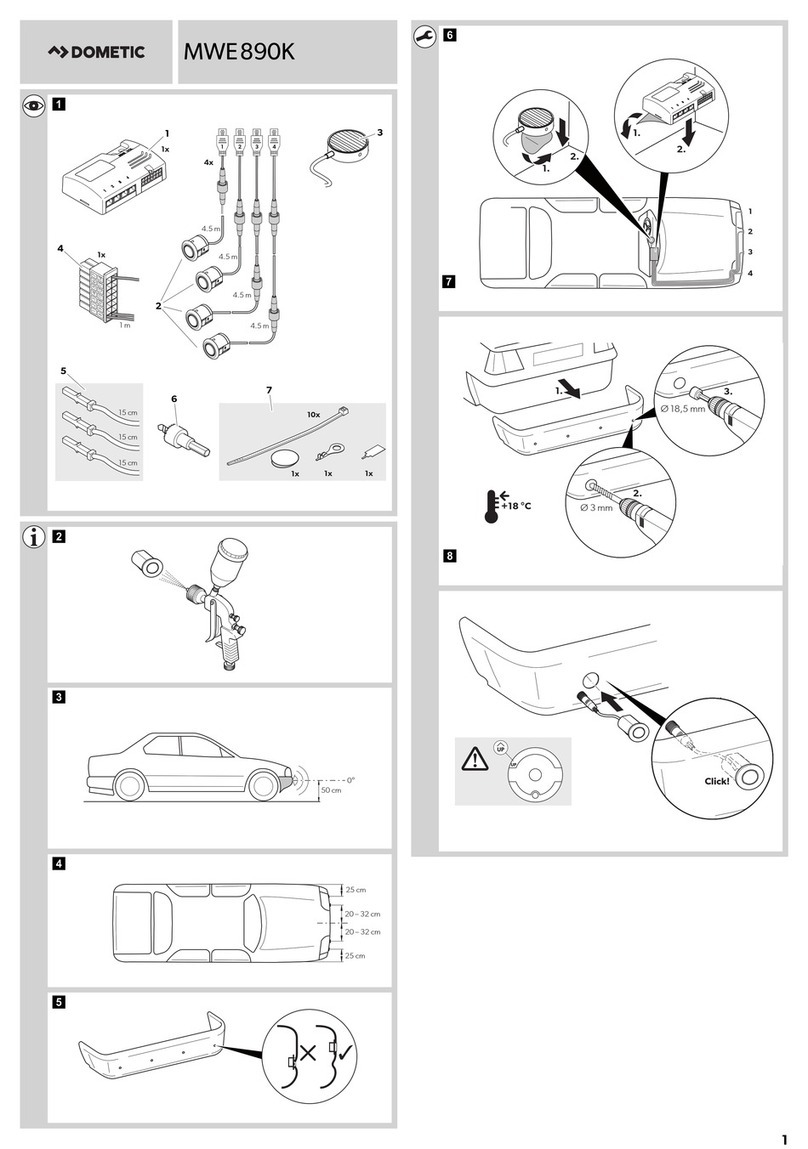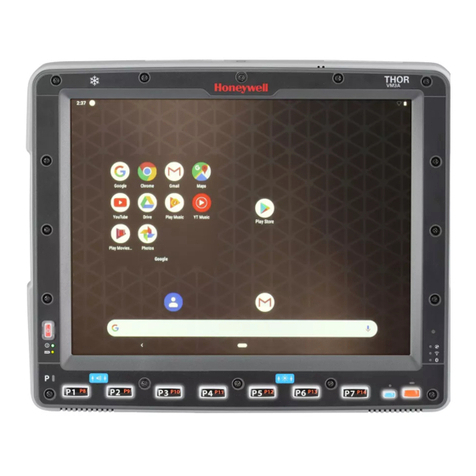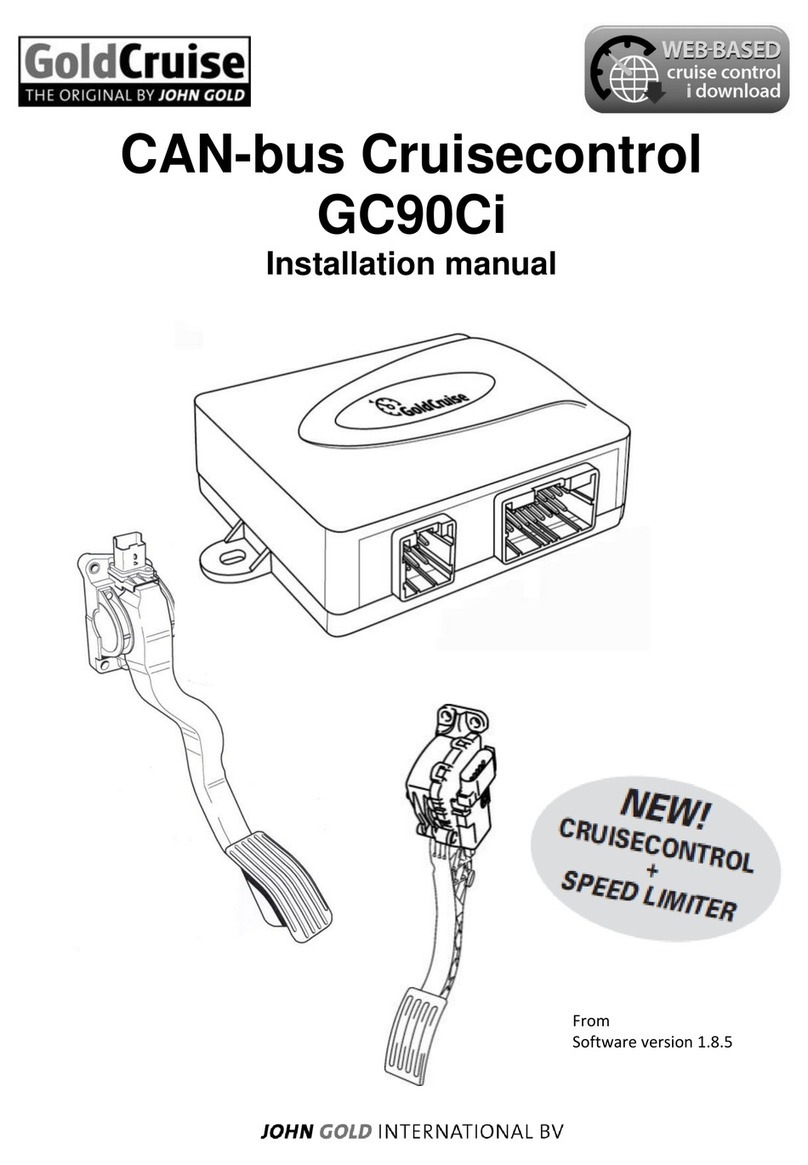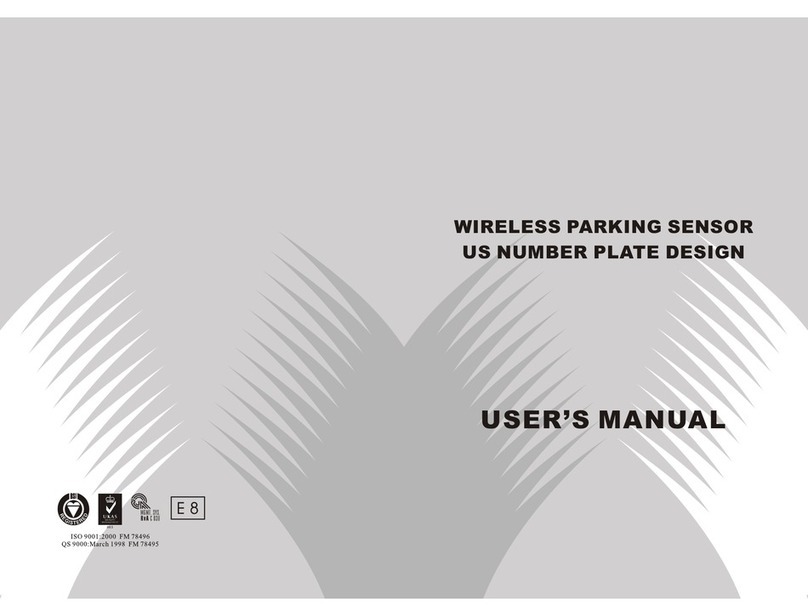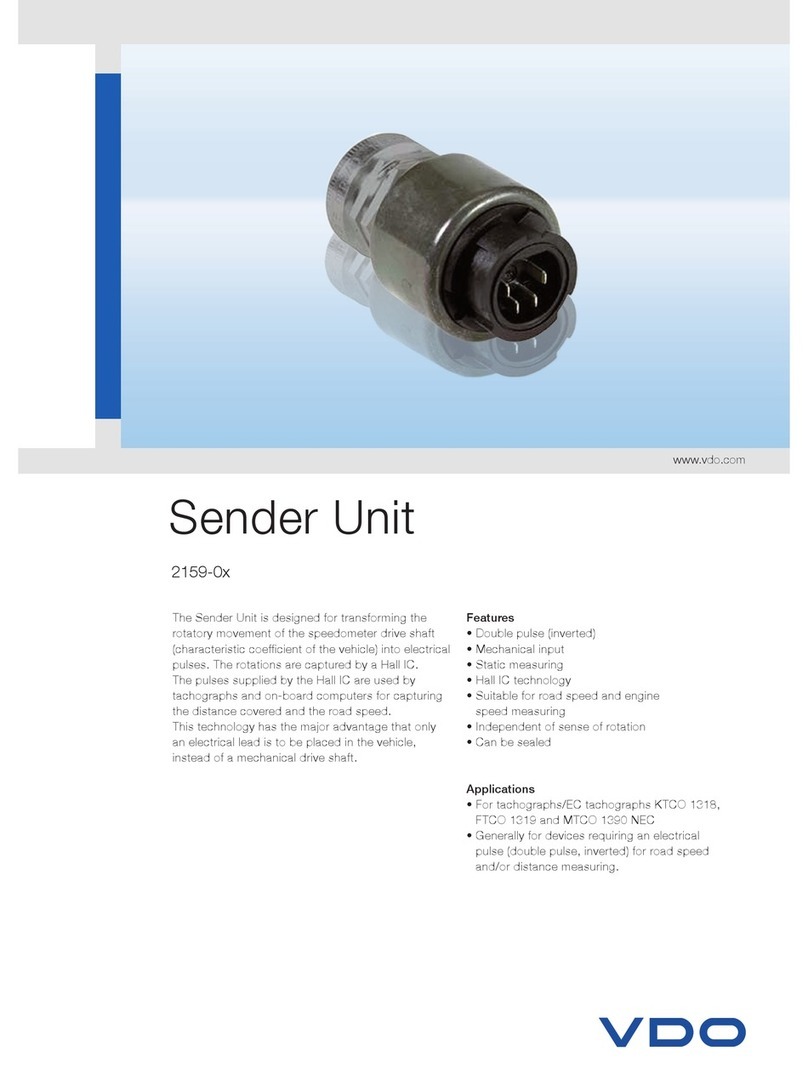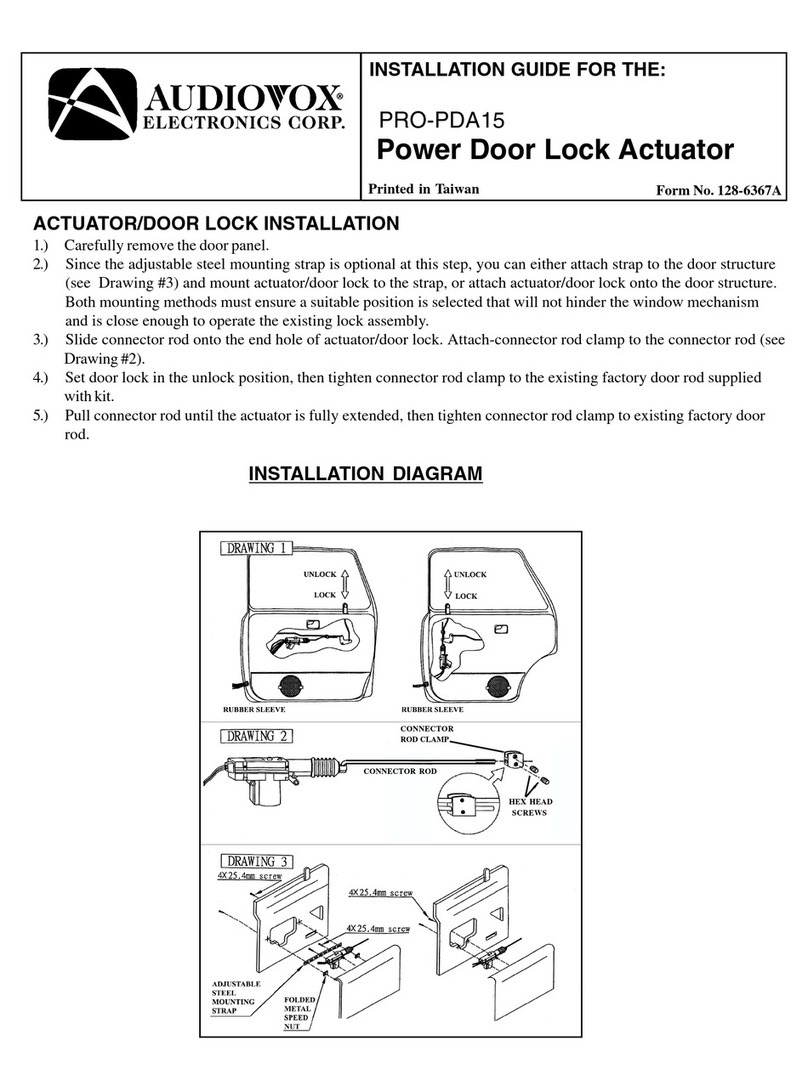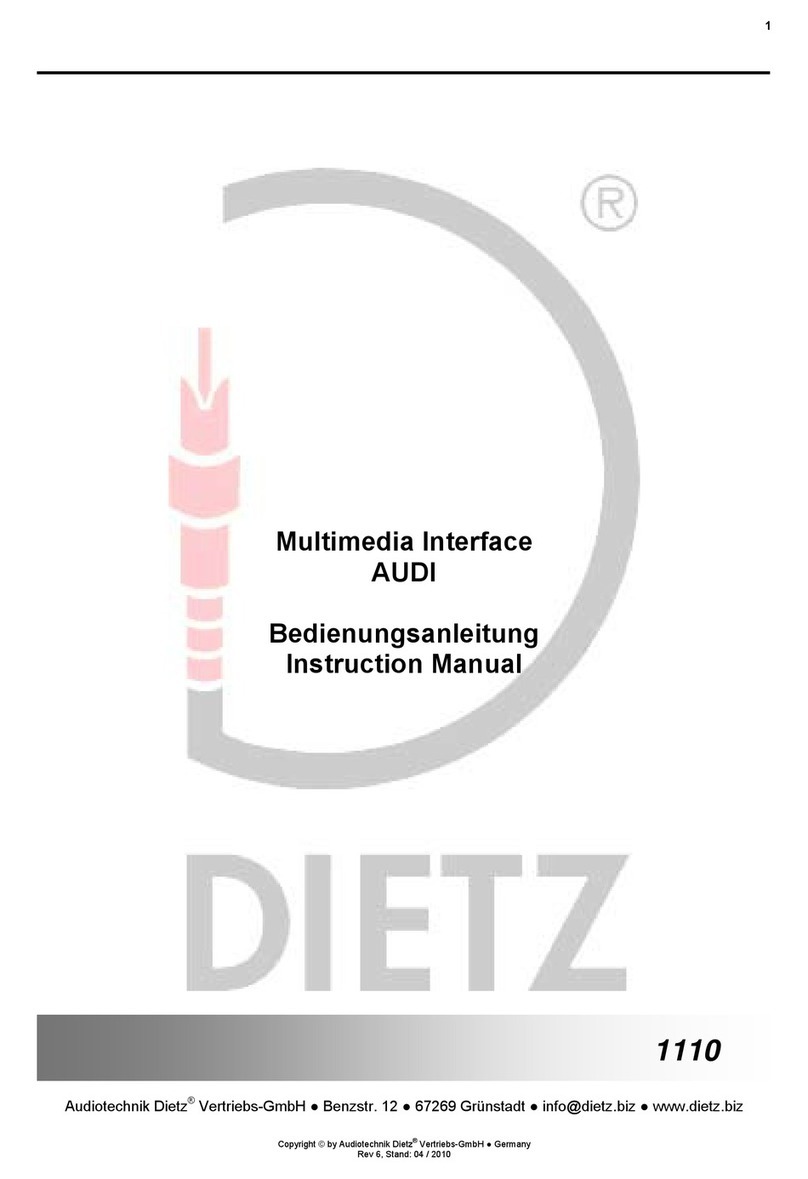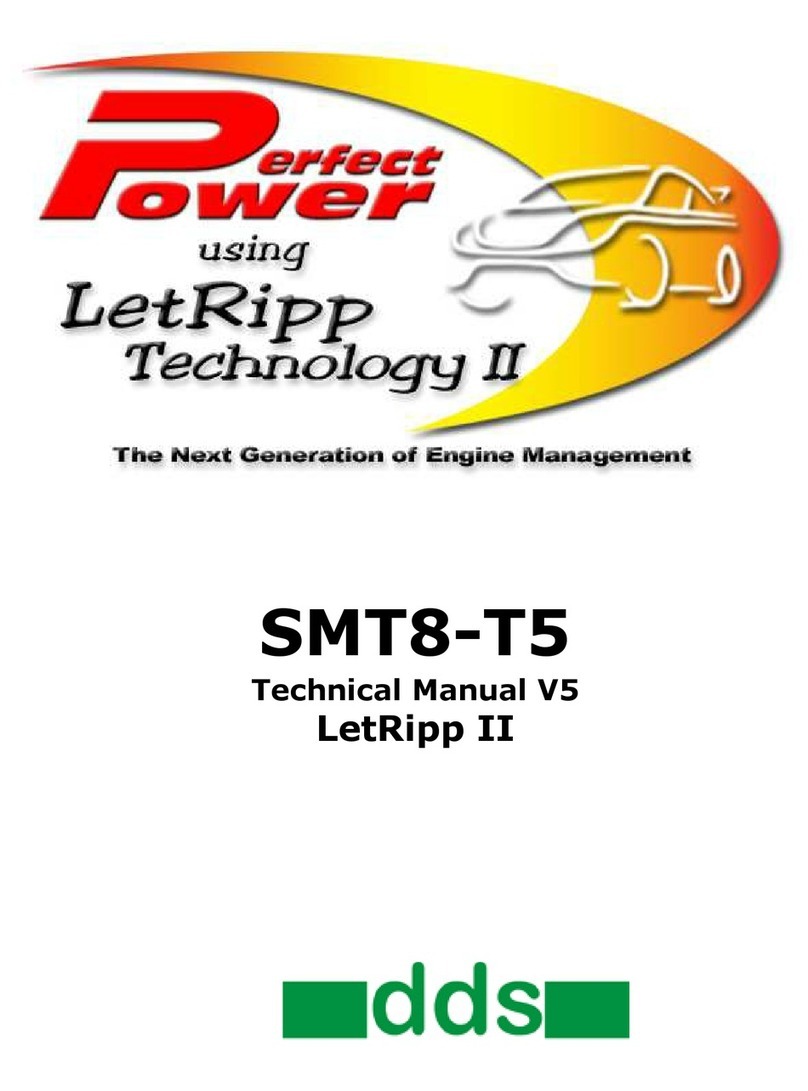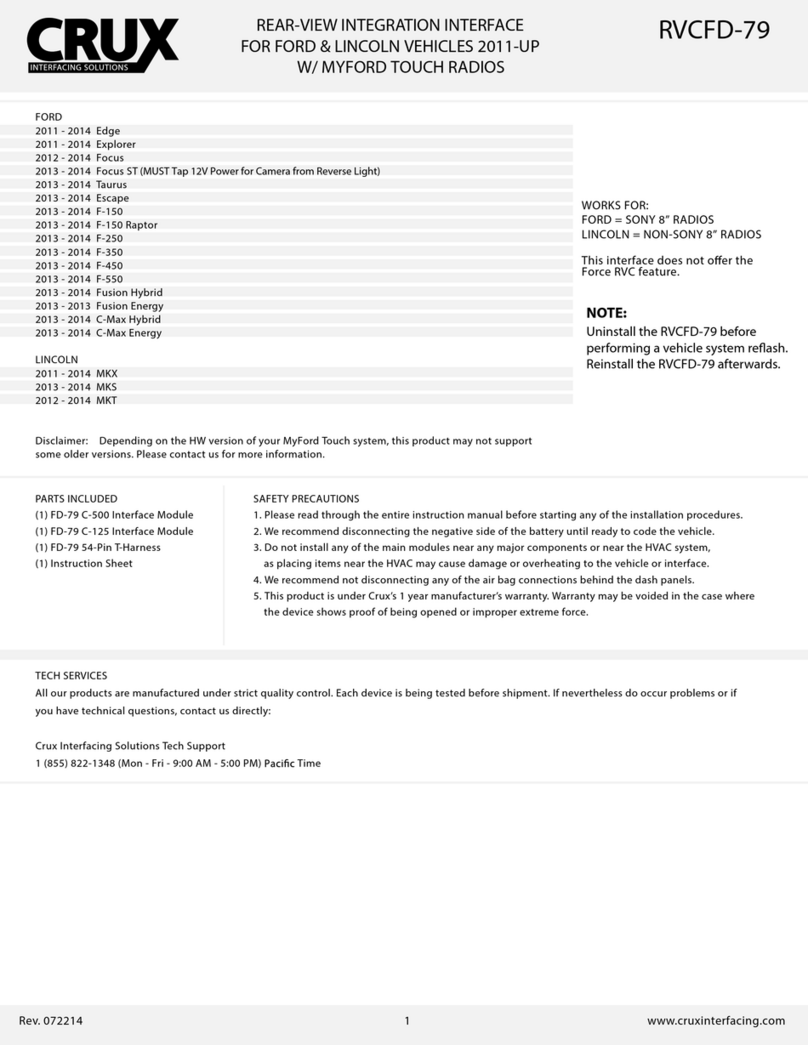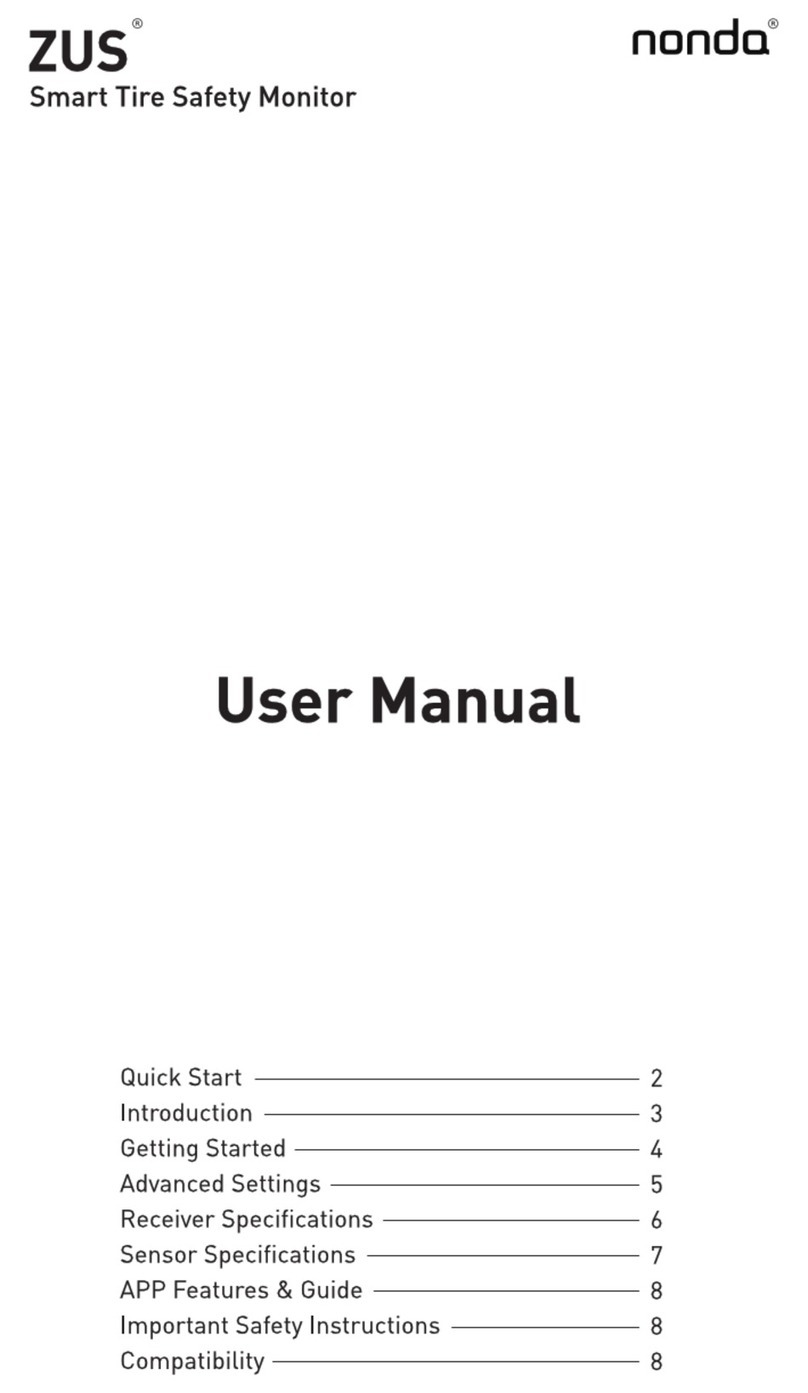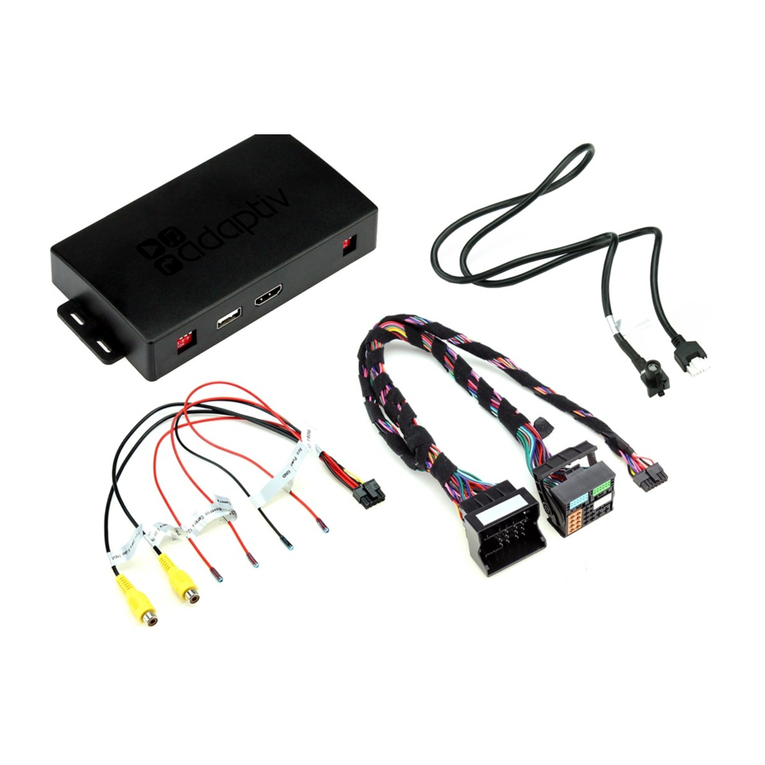
2 G Gas Combustion Combination Controls and Systems—G891 Pulse Ignition Control
Table 1: Specifications
Specification Rating
Line Voltage 120 VAC, 50/60 Hz, nominal
Operating Voltage 24 VAC, 50/60 Hz, nominal
Maximum Current Load on Transformer 0.625A
Thermostat Heat Anticipator Setting 0.1A nominal + main valve load
Contact Ratings
Valve
Inducer 2A steady, 5A inrush @ 24 VAC
1/20 hp @ 120 VAC
Minimum Flame Sensing Current 0.5 microamperes DC
Flame Failure Response Time 0.8 second
Flame Establishing Period 8 seconds*
Ignition Activation Period 7.5 to 8 seconds*
Prepurge Time 30 seconds*
Postpurge Time 30 seconds*
Trial for Ignition Time 8 seconds*
Number of Trials before Automatic Retry 5
Automatic Retry Delay Period 60 minutes*
Operating and Storage Temperature -40 to 160°F (-40 to 71°C)
Humidity 95% RH non-condensing
Types of Gas Natural, Liquefied Petroleum (LP),
manufactured, mixed, LP gas-air mixture
Agency Approvals IAS (AGA, CGA)
Agency Test Standards ANSI Z21.20, CAN/CSA-C22.2 No. 199
* Timings based on 60 Hz operation. Timings increase 20% for 50 Hz operation.
On a call for heat from the system thermostat, the G891 ignition control
begins its sequence of operation (see Figure 1).
•Prepurge--Within one second of thermostat contact closure, the
ignition control energizes the relay providing power to the inducer
motor. The inducer motor runs for 30 seconds. The spark and gas
valve are not activated during this period. Once the prepurge period
expires, the trial for ignition begins.
•Trial for Ignition--After the 30 second prepurge period, the spark and
gas valve are activated in an attempt to light the main burner. During
the 8 second trial time, the gas valve is energized for all 8 seconds, the
spark is activated for the first 7.5 seconds, and the control attempts to
prove main burner flame during the last 0.5 seconds. If flame is not
sensed, the control proceeds to interpurge. If flame is sensed, it
proceeds to a run condition.
Sequence of
Operation
